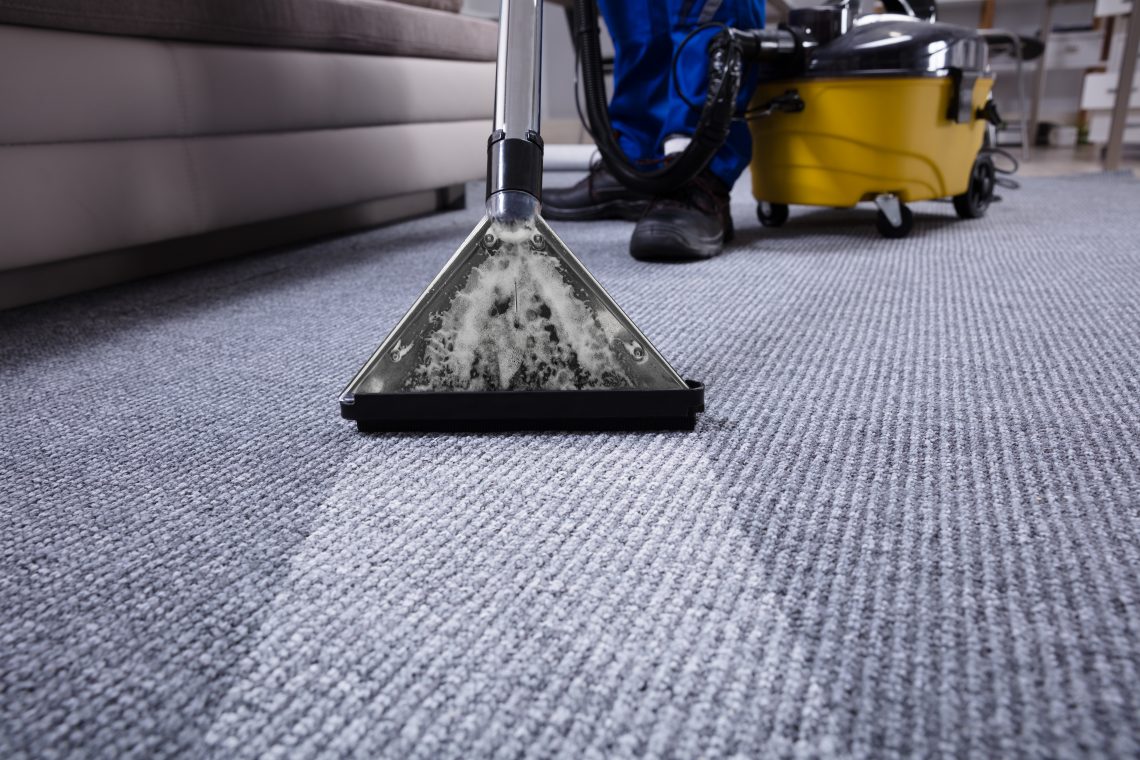Introduction: Understanding Carpet Drying Time
Carpet cleaning is an essential task for maintaining a healthy and hygienic indoor environment. However, one crucial aspect often overlooked is the drying time after cleaning. Understanding how long carpets take to dry is vital for effective maintenance and preventing issues like mold and mildew growth. In this article, we delve into the factors affecting carpet drying time and provide insights into how to expedite the process.
Factors Affecting Carpet Drying Time
Several factors influence how long it takes for carpets to dry after cleaning. These include:
- Carpet Material and Thickness: Different carpet materials and thickness levels affect drying time significantly. Dense carpets with thick pile take longer to dry compared to thinner ones.
- Cleaning Method: The method used for cleaning, whether steam cleaning, dry cleaning, or foam cleaning, can impact drying time. Steam cleaning injects moisture deep into the carpet fibers, prolonging the drying process.
- Humidity Levels: High humidity slows down evaporation, prolonging carpet drying time. Conversely, low humidity facilitates quicker drying.
- Ventilation: Proper ventilation is crucial for expediting carpet drying. Good airflow aids in moisture evaporation, reducing drying time.
- Temperature: Warmer temperatures accelerate evaporation, leading to faster drying times. However, excessively high temperatures can damage certain carpet materials.
Expected Drying Times for Different Cleaning Methods
The drying time varies depending on the cleaning method employed:
- Steam Cleaning: Typically, carpets cleaned using the steam cleaning method require anywhere from 6 to 12 hours to dry completely. Factors such as carpet thickness and humidity levels can extend this timeframe.
- Dry Cleaning: Dry cleaning methods, which use minimal moisture, result in faster drying times ranging from 1 to 2 hours. However, the effectiveness of dry cleaning may vary based on the level of soiling.
- Foam Cleaning: Foam cleaning involves applying a specialized cleaning foam to the carpet, followed by vacuuming. Drying times for foam cleaning typically range from 2 to 4 hours.

Tips to Expedite Carpet Drying
To accelerate the carpet drying process and minimize inconvenience, consider the following tips:
- Increase Ventilation: Open windows and doors to enhance airflow throughout the room. Additionally, use fans or air movers to facilitate faster drying.
- Reduce Humidity: Use dehumidifiers to lower indoor humidity levels, especially in humid climates or during rainy seasons.
- Utilize Heating: If safe and feasible, turn on heating systems to raise room temperature, promoting quicker evaporation.
- Remove Excess Moisture: Use towels or a wet/dry vacuum to blot excess moisture from the carpet surface immediately after cleaning.
- Professional Assistance: Consider hiring professional carpet cleaners who utilize advanced equipment and techniques for faster drying times.
Importance of Monitoring Drying Progress
In addition to implementing strategies to expedite carpet drying, it’s crucial to monitor the drying progress closely. Regularly check the carpet’s moisture levels by gently pressing a clean, dry cloth against different areas. If the cloth comes away damp or wet, the carpet still requires more time to dry.
Furthermore, pay attention to any lingering odors or signs of moisture retention, as these could indicate inadequate drying. Taking proactive measures to ensure thorough drying not only preserves the carpet’s integrity but also mitigates the risk of microbial growth and unpleasant odors.
By staying vigilant and actively managing the drying process, homeowners can enjoy clean, dry carpets while safeguarding their indoor environment against potential hazards.
Conclusion: Prioritizing Carpet Drying for Optimal Maintenance
In conclusion, understanding the factors influencing carpet drying time is essential for effective maintenance and preventing potential issues such as mold and mildew growth. By considering factors like carpet material, cleaning method, humidity levels, and ventilation, homeowners can expedite the drying process and ensure their carpets remain clean and healthy. Prioritizing proper drying techniques after carpet cleaning contributes to a safer and more comfortable indoor environment.
